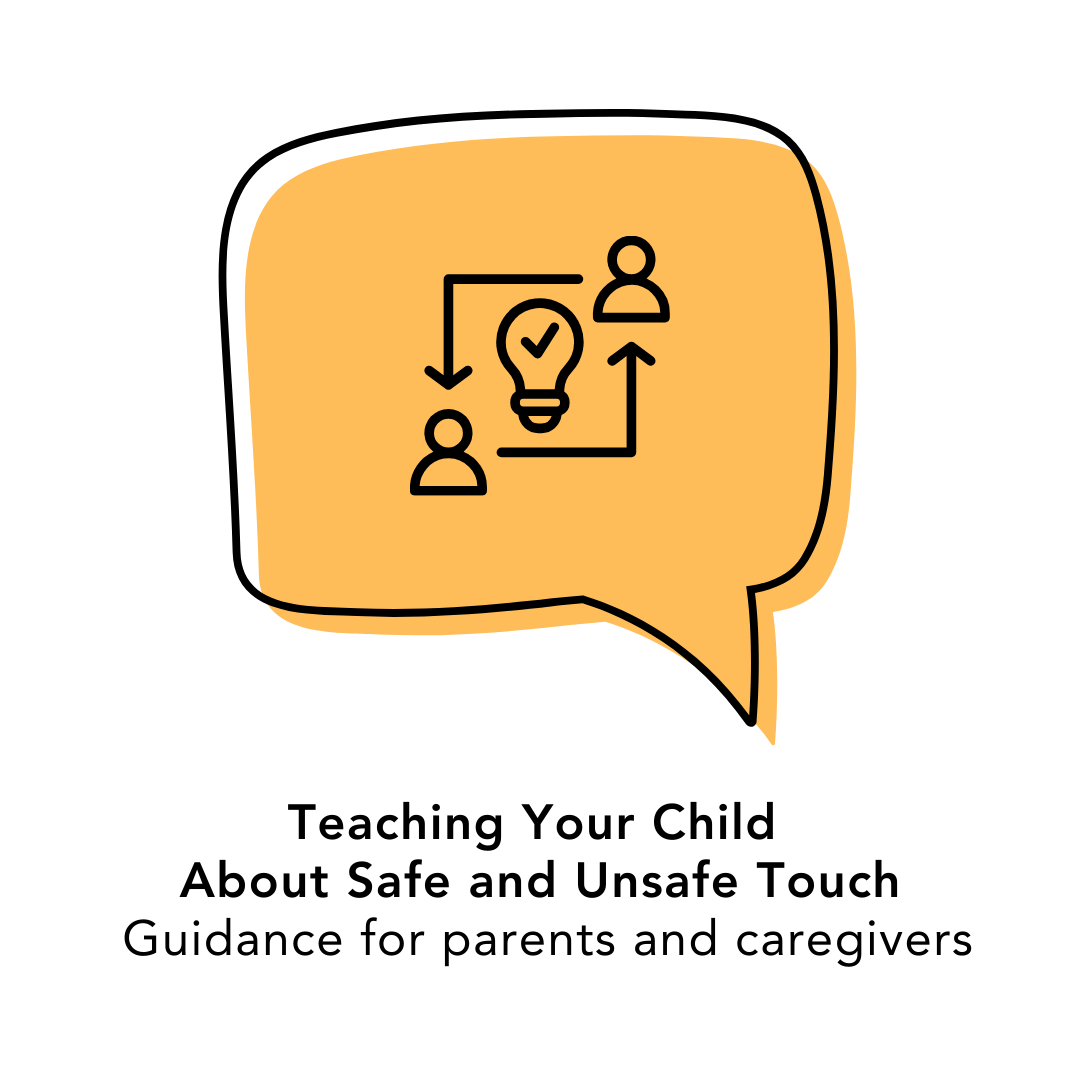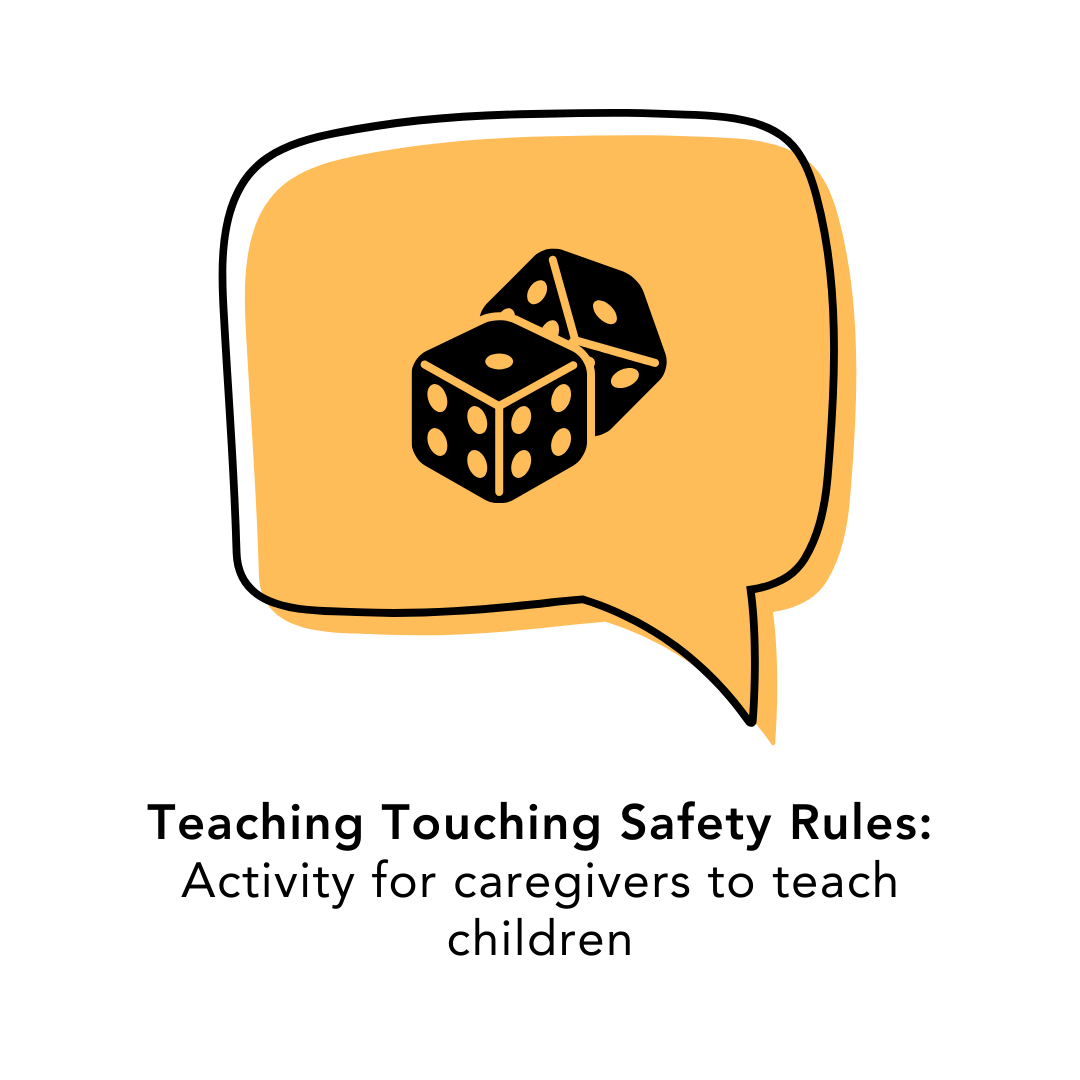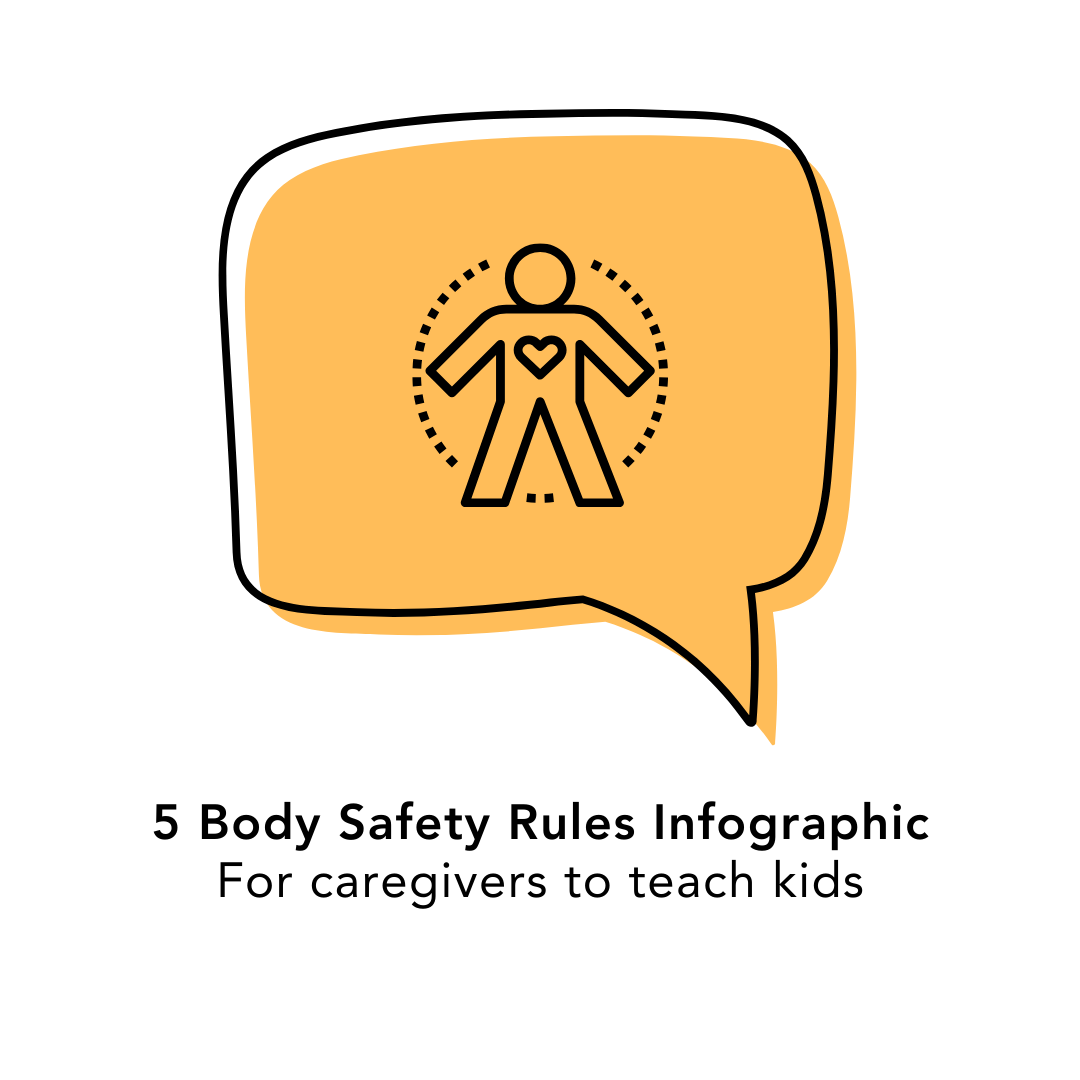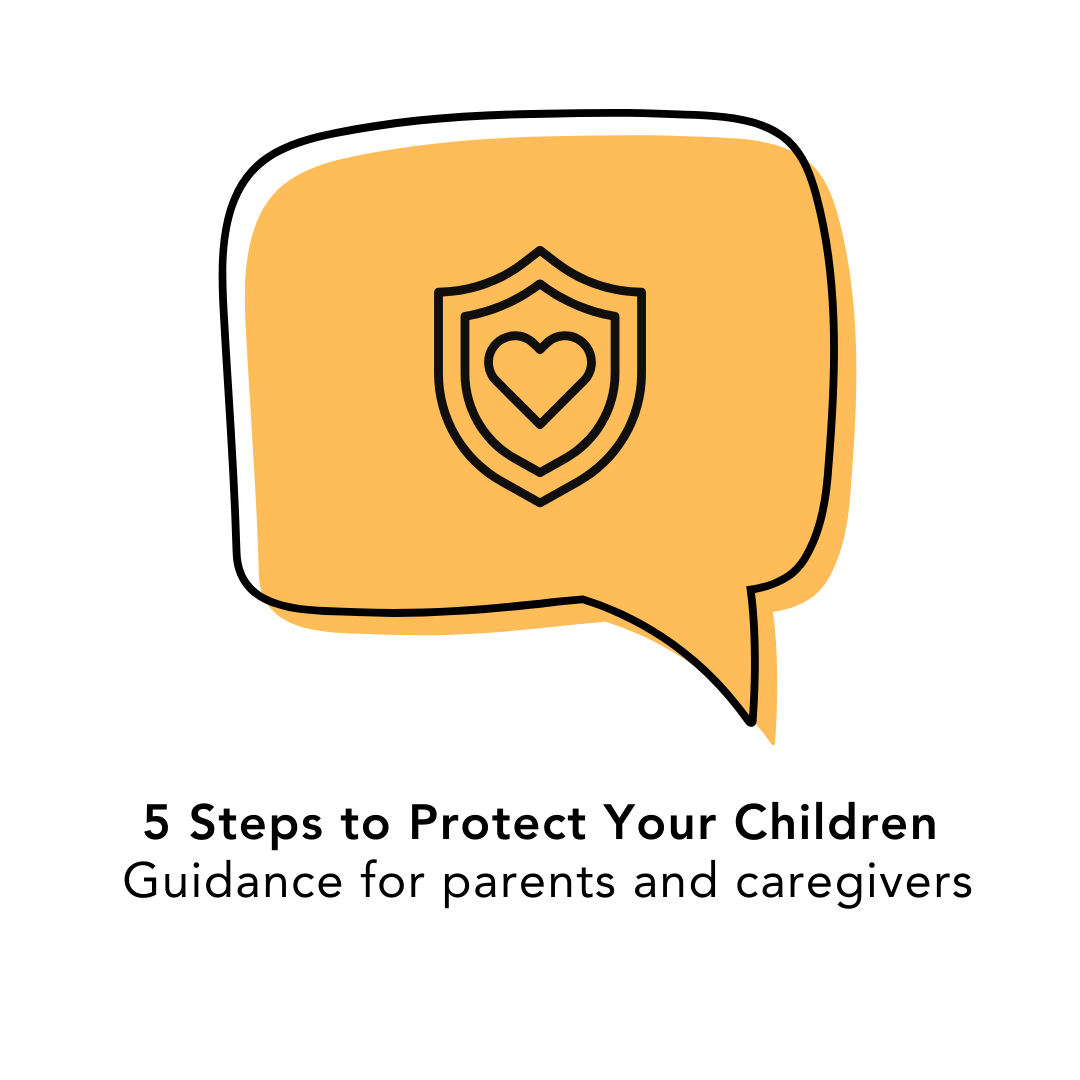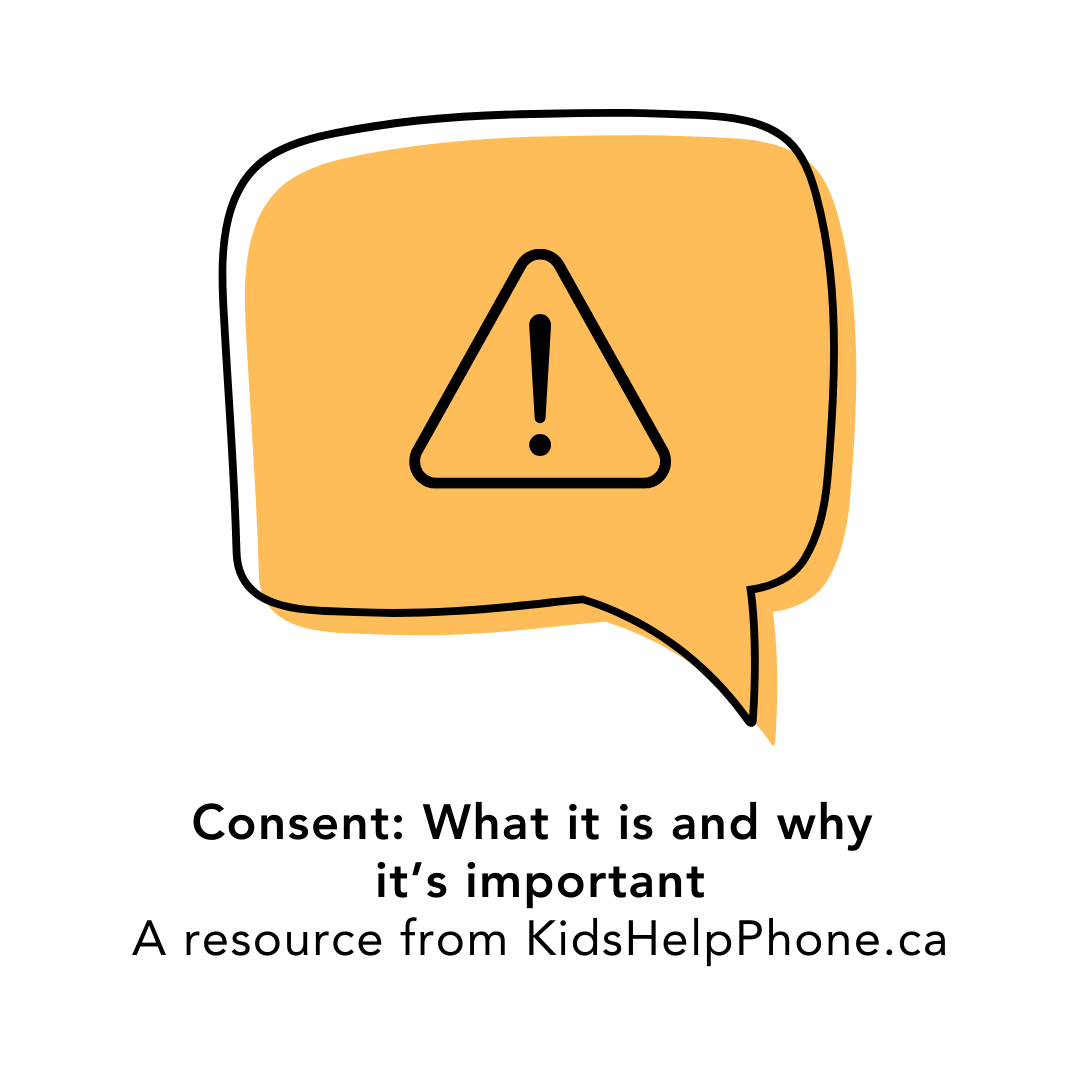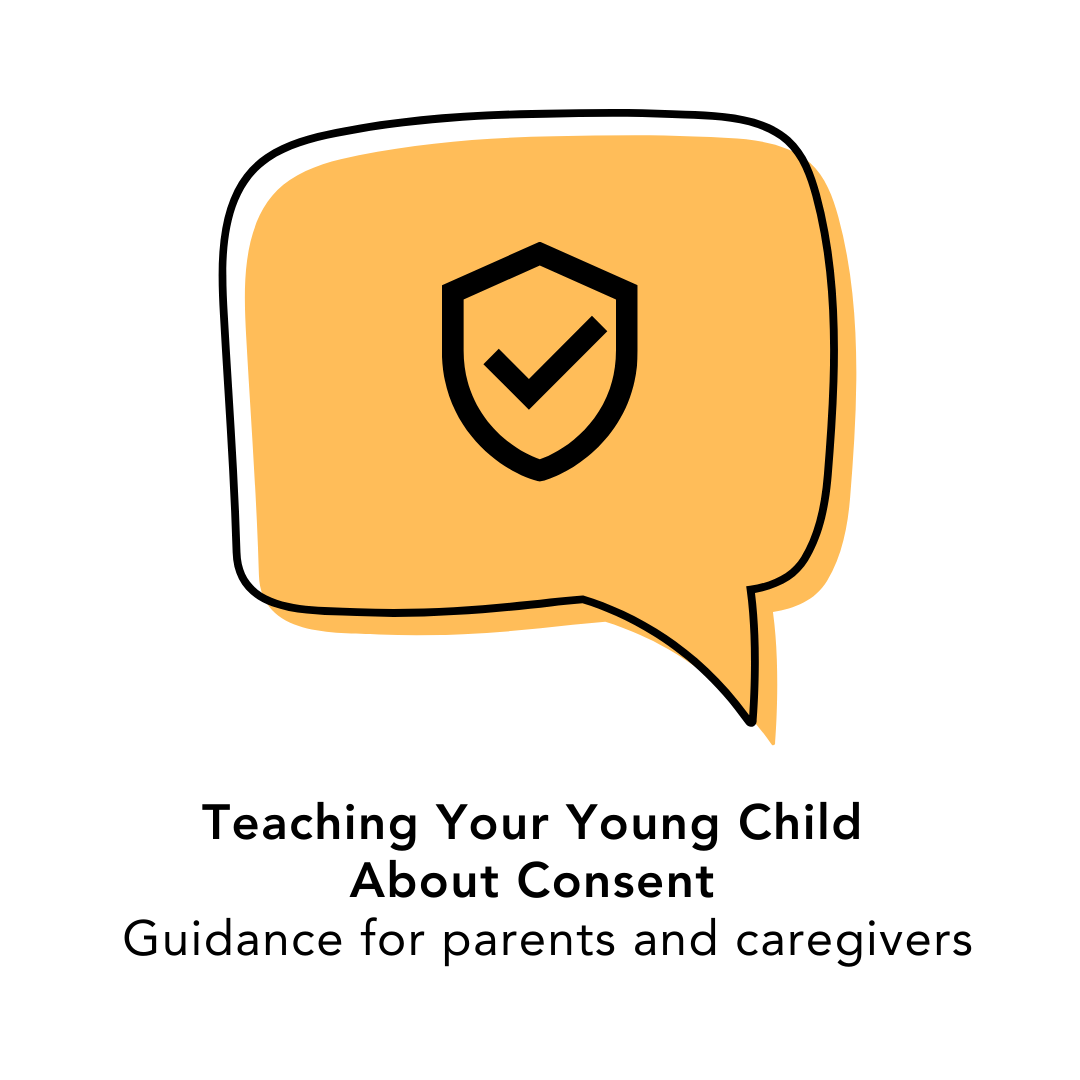Touch helps people connect, but children need to understand the difference between ‘okay’ and ‘not okay’ touch.
Here are five key points:
- Ownership of Their Body: Teach your child that their body belongs to them. No one can touch them without permission, and inappropriate touches are wrong and illegal. Use correct names for body parts and explain which areas are private.
- Recognizing Feelings: Help your child identify their feelings in different situations. Emphasize that if a touch makes them feel uneasy or gives them an ‘uh-oh’ feeling, it is not okay, even if it seems even if it is from someone they know or they are told it’s fine.
- Trusted Adults: Be a trusted adult your child can talk to about anything. Encourage them to identify other trusted adults in their lives, like family members, teachers, or friends.
- No Secrets About Touch: Teach your child that they can talk about all types of touch. Secrets that make them feel anxious or scared are not good. If any adult, including a trusted adult, makes them feel uncomfortable, they should share this with you.
- Believe Them: Always believe your child if they say they’ve been touched inappropriately. Listen carefully and provide support to keep them safe and help them feel secure.
Resources
Consent
Consent is an important idea that children should learn about early, before it relates to sex. Teach children to ask for permission, listen, and understand boundaries. This helps them respect themselves and others. Learning about consent builds healthy relationships and effective communication at any age.
Helpful Consent Videos
For Younger Children:
For Older Children:
For Teens:
